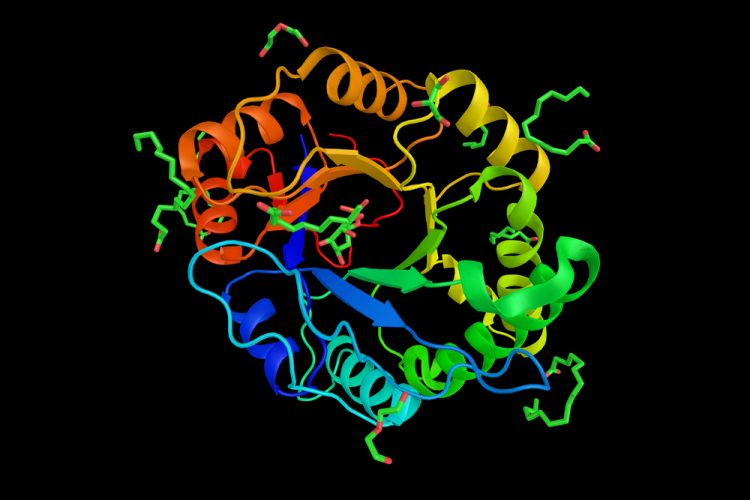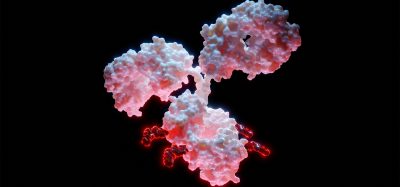A fat-regulating enzyme could hold the key to diabetes and cancer
Posted: 18 September 2017 | Dr Zara Kassam (Drug Target Review) | No comments yet
Researchers shed light on a key fat-regulating enzyme’s role in diabetes and cancer…


It had already been known that the enzyme known as phosphatidic acid phosphatase (PAP) plays a crucial role in regulating the amount of fat in the human body, but scientists have now found that getting rid of the enzyme entirely can increase the risk of cancer.
“The goal of our lab is to understand how we can tweak and control this enzyme,” said George M. Carman, Board of Governors Professor in the Department of Food Science in the School of Environmental and Biological Sciences. “For years, we have been trying to find out how to fine-tune the enzyme’s activity so it’s not too active, and creating too much fat, but it’s active enough to keep the body healthy.”
“We have found that maybe a more critical role for the enzyme is to make sure that cells are not making too much membrane lipid, If you make too much membrane lipid, you make too much membrane and the cells are permitted to grow uncontrollably, a condition characteristic of cancer,” said Dr Carman.
Since the discovery of the gene encoding the enzyme, people worldwide have studied the enzyme because of its relation to obesity, lipodystrophy, inflammation, diabetes and other conditions, said Dr Carman.
Lately, the research scientists at Rutgers University-New Brunswick have been trying to understand the enzyme’s structure and function. The next step is to figure out how to control it, said Dr Carman.
“The key take-home message is that things have to be balanced,” he said. “To keep the balance between making storage fat and membrane lipid, you have to have balanced diet.”
The enzyme was discovered in 1957 and Gil-Soo Han, the research Assistant Dr in the Rutgers Center for Lipid Research, discovered the gene encoding the enzyme in 2006. The enzyme determines whether the body’s phosphatidic acid will be used to create fat, or create the lipids in cell membranes.
The study used baker’s yeast as a model organism since it also contains the key enzyme. Han, the study lead author, deleted a gene in yeast to eliminate the enzyme. That led to accumulations of phosphatidic acid, with cells making far more membrane lipids than necessary, said Dr Carman, who founded the center in Rutgers’ New Jersey Institute for Food, Nutrition, and Health a decade ago.
Related organisations
Rutgers University-New Brunswick
Related people
Dr George M. Carman







